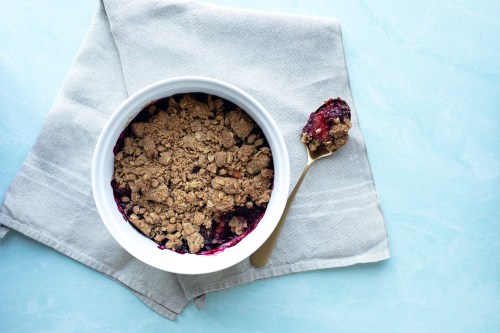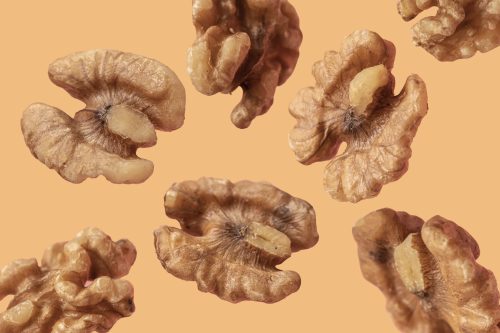This (adorable!) $11 kitchen tool will take your meals to the next level
Want to make roasted garlic in the oven? There's a kitchen tool for that. Here's why an $11 garlic baker will help take your meals to the next level.

Let’s be real. Some of those kitchen gadgets jammed in the back of your drawers are totally useless. (Like does anyone really need a banana slicer?) But every once in a while, you actually stumble upon a for-one-purpose-only tool that can totally take your meals to the next level. Case in point: A garlic baker.
Certainly, a garlic baker falls into the the category of “things I didn’t know I needed.” Maybe a garlic press or a garlic keeper—but a baker? Totally unfamiliar territory. Here’s the deal, though: When you roast garlic, it becomes milder than in raw form—plus, it’s also sweeter and somehow more savory as well. While many people just use aluminum foil to get the job done, on Swearby—a site that features #nonsponsored product recs from real women—user Emily Lael Aumiller (who also happens to be a chef!) found an $11 terra-cotta option from Whisk that’s quickly become her favorite way to bake whole garlic.
The reusable and eco-friendly tool can fit a few medium to large heads of garlic at a time, and it’s incredibly easy to use: You just fill it up, add any spices you want, and pop it in the oven or microwave.
The reusable and eco-friendly tool can fit a few medium-to-large heads of garlic at a time, and it’s incredibly easy to use: Simply fill it up, add any spices you want, and pop it in the oven or microwave. There are so many ways you can use your newly-roasted garlic, too: It amps up mashed potatoes (hello, epic Thanksgiving side!), makes a mouth-watering edition to any pasta dish, and tastes great blended into hummus.
When the tool isn’t helping you create comforting fall dishes, it has another use: Storing raw cloves until you’re ready to roast. And what could possibly make something more of a must-have than being cute and functional?
Here are nine more game-changing kitchen tools worth making space for. Or, meet the new kitchen appliance that could make foodborne illnesses a thing of the past.










